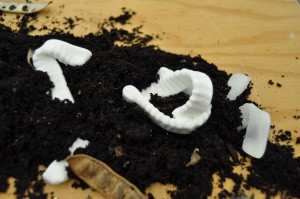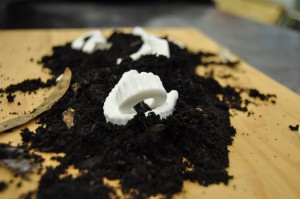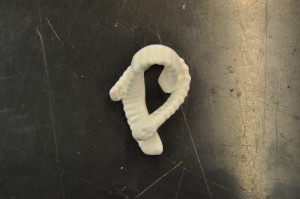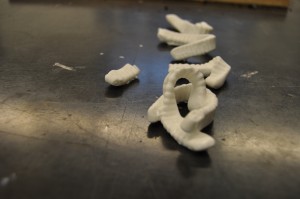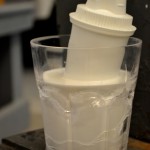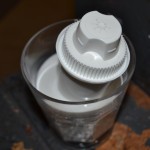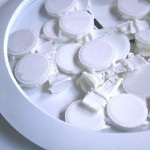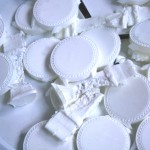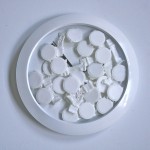I had originally purely wanted to make an object that would originally not be able to float, to float. Although my final project did produce this outcome, I noticed that a different concept could be associated with this work. I decided to link this work to the idea of the shortage of clean water on earth. Upon doing more research i noticed that humans have polluted, diverted and allowed fresh water to be contaminated by seawater, along with the global warming dilemma melting the fresh water ice caps.
3D Printed Ceramics
3dprintingindustry.com/2012/12/05/3d-ceramic-products-intersection-of-art-engineering/
This article is about a ceramic company called Figulo which utilizes 3D printers to create their ceramic products.
Using 3D printing for the FUTURE!!
www.bbc.co.uk/news/technology-20972018
This article talks about a new application for the 3d printers we saw in class. In the article they reference how the printer has been used for food like chocolate, and I remember us seeing videos on 2 artists that make jelly using the printer. The validity of this article relates to the constant evolution of 3d printing. As time changes and technology is becoming more and more developed, who knows what new art forms can come out of 3d printing, and the materials that 3d printers can use to create art. Personally I’m very excited about 3d printing and hope one day that 3d printers will be able to print on a molecular level so that they flawlessly recreate past pieces of art.
3D Printing
www.geek.com/articles/geek-cetera/architect-aims-to-3d-print-an-endless-house-20130117/
I’m interested in this 3D print article about an architect who used the medium to create an ‘endless house’ because i’m interested in space. I plan to incorporate the use of space and architecture within my 3d print as well.
Rachel Whiteread
from: thefunambulist.net/2010/12/23/unwall-rachel-whiteread/
In several of her works, Rachel Whiteread is “unwalling” architecture by casting the negative of the wall i.e. the space framed by the walls.
For House (1993), she casted an entire Victorian house in London printing all the details of the original walls in the concrete. She then destroyed them letting the concrete negative as a final result.
Alina Szapocznikow: sculpture undone
www.moma.org/visit/calendar/exhibitions/1241
I saw this exhibit at the museum of modern art over winter break. The combination of the artists personal history as a holocaust survivor, along with her combination of light and sculpture gave me a grand respect of her work. She uses multiples for many of her pieces, specially molds of body parts that are reconstructed into ominous beings. I’d like to use the squishybioish nature of her work applied to found objects instead of body parts.
1/16/2013 Post
I remember we discussed in class briefly about the terracotta army and its relation to molds/multiples. Curious about the subject and specifically about the process of their creation I discovered this short article on the construction of the tomb and 7000+ clay warriors. curiosity.discovery.com/question/how-terracotta-army-built

